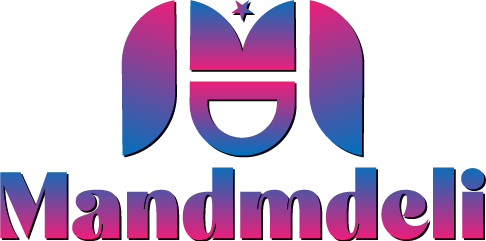Enterprise application modernization minimizes maintenance overhead while delivering higher quality customer service and enhanced quality information systems. The ultimate results of enterprise application modernization aren’t shared, redundant data, improved quality of service, or newly developed, re-used components.
The term “enterprise application modernization” is somewhat vague but usually refers to any system that has been developed to support and operate commercial activities in a given geographic area. In the business world, there are always multiple versions of any given application running in the different departments and across multiple locations. Any change made to an application breaks any associated test, which can be detrimental. These tests may include data integrity checks, code coverage, or any combination thereof.
Modernization strategy
The typical enterprise Mendix vs outsystems vs powerapps vs wavemaker pricing strategy includes one or more of the following general approaches. The first approach is to replace or reformat existing applications, usually replacing the lower level software with higher-level, core enterprise applications. Often this approach is initiated by examining the current database design to determine which data are in need of replacement. The core application is then converted to a relational or object-oriented language so that all data are directly accessible and can be moved into the new database.
Typically this approach also includes a change to the application programming interfaces (APIs) to make them more standardized. While this approach does achieve some cost savings in terms of time and personnel, it usually results in reduced performance impact to the information management system because of the lack of direct interaction between the legacy application and the new ERP.
Click here to know more about : forbes and Learn why : newsvalley on Fubo is a high-risk, high-reward play : knowseobasics.
Interfaces for legacy
Another approach to enterprise application modernization involves developing new interfaces for legacy applications and migrating them into modern equivalents using the same technologies as the legacy systems. This approach, sometimes called a “transactional” upgrade, involves moving application logic into the transactional database server. This Benefits of RAD Platform usually includes migrating user queries and accessing data from the source applications, resulting in improved user experience, fewer service calls, reduced costs, and less reliance on application servers.
Enterprise users benefit when applications that were time-consuming or expensive to develop can be accessed more quickly and easily by the end-user without requiring them to develop new applications. Migration solutions often include an upgrade of the data and log structures as well as update business rules and policies. However, this approach tends to have a minimal effect on performance and may not provide application security and reliability assurances necessary to ensure compliance with regulatory and enterprise-wide standards.
Data integration
The other approach to enterprise application modernization focuses on improving the data integration process and implementing standardized communication interfaces. The goal of this approach is to create a single data repository that can be accessed from multiple sources across the enterprise without requiring users to maintain separate data structures. This approach may result in a slight decrease in total time for the entire enterprise software upgrade process, but provides greater flexibility because one database can support multiple databases, data types, programming interfaces, and application processes. For more information visit this site: f95zone
Legacy ERP
Transforming your legacy ERP to a modern version involves defining a business vision and methodology, implementing a business process and implementing strategies to support it. The next step involves transforming source code to comply with the changes. Data conversion tasks include reworking code to improve code reuse, code rewriting, replacing legacy tables with new VADT, or migrating schemas to reflect current schemas. In addition, the next step in the transformation process may involve the creation of test cases and integration testing to verify the effectiveness of the business transformation.
Legacy apps
On the other hand, an enterprise application modernization approach may use component development to rapidly implement new enterprise-grade software into legacy apps and to remove or replace legacy apps in specific locations. Components developed using this methodology are designed to work together and are designed to change as a group, using a common codebase to create reusable components. This approach has the potential to speed up the development cycle while simultaneously providing a more robust, stable, and viable solution. This Best top code application development platform has the potential to eliminate the need to re-design enterprise apps to adapt to new software modernization technologies, which could save up to two years of development costs.
Both the simplified process and enterprise application modernization approach can be applied to software development. However, the simplified approach is typically used for smaller projects, whereas the cloud-native method is used for medium and large-scale projects. Software companies are employing cloud-native programming solutions for solving their enterprise software modernization needs. A cloud-native app utilizes the underlying infrastructure to deliver an app to end users, rather than creating separate web and desktop versions of the app.
In Conclusion:
The modernizing legacy applications approach is a key strategy adopted by many technology companies to accelerate business value creation through easier technical adoption and greater flexibility. Companies are adopting this strategy by deploying low-code apps that perform the same functions but have fewer requirements. Low-code apps enable organizations to leverage existing technical solutions and quickly gain access to advanced business solutions, while saving time and money on long-term technical support and maintenance. Organizations may also choose to use a modernizing enterprise application modernization strategy to implement the most critical business functions through an affordable source and to make these functions more effective. Organizations may also select to implement a high-quality enterprise application modernization strategy using the latest technologies available to dramatically reduce time and cost.

